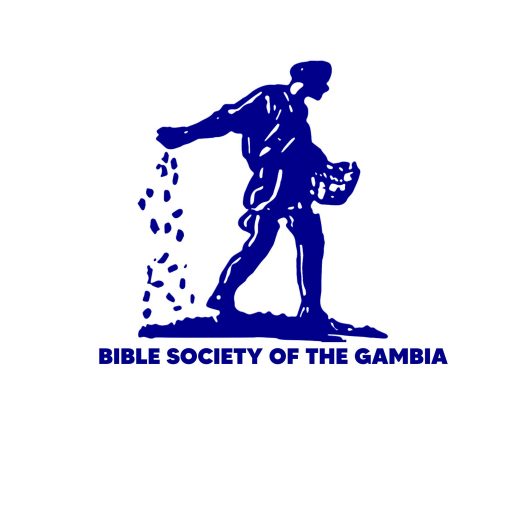The Cities of Refuge
1 Then the Lord told Joshua 2 to say to the people of Israel, “Choose the cities of refuge that I had Moses tell you about. 3 If any of you accidentally kills someone, you can go there and escape the one who is looking for revenge. 4 You can run away to one of these cities, go to the place of judgment at the entrance to the city, and explain to the leaders what happened. Then they will let you into the city and give you a place to live in, so that you can stay there. 5 If the one looking for revenge follows you there, the people of the city must not hand you over to that one. They must protect you because you killed the person accidentally and not out of anger. 6 You may stay in the city until you have received a public trial and until the death of the man who is then the High Priest. Then you may go back home to your own town, from which you had run away.”
7 So, on the west side of the Jordan they set aside Kedesh in Galilee, in the hill country of Naphtali; Shechem, in the hill country of Ephraim; and Hebron, in the hill country of Judah. 8 East of the Jordan, on the desert plateau east of Jericho, they chose Bezer in the territory of Reuben; Ramoth in Gilead, in the territory of Gad; and Golan in Bashan, in the territory of Manasseh. 9 These were the cities of refuge chosen for all the people of Israel and for any foreigner living among them. Any who killed a person accidentally could find protection there from the one looking for revenge; they could not be killed unless they had first received a public trial.
Tankañini dulaa saatewolu
(4 Musa 35:9-345 Musa 19:1-13)1 Bituŋ Yaawe* ko Yosuwa ye ko, 2 “A fo Banisirayilankoolu ye ko: Ali ye saatewolu tomboŋ ka ke tankañini dulaa saatewolu ti, ko ŋa ali yaamari ñaameŋ ka bo niŋ Musa la. 3 Niŋ moo ye a ñoŋ moo faa lañinoo kono, aduŋ a maŋ ke tawoo kaŋ ti, a maarii si bori noo jee le ka tanka ñiŋ moo faariŋo la moolu ma, niŋ ì wulita julujoo la. 4 Niŋ a maarii borita ka taa ñiŋ tankañini dulaa saatewolu to, a ñanta loo la saatewo dundaŋ daa* le to, a ye a la kuwo saata saatewo alifaalu ye. Wolu le ñanta a bula la, a ye duŋ ì la saatewo kono ka dulaa dii a la, a be sabati la daameŋ. 5 Niŋ ñiŋ moo faariŋo la julujoolaa bulata a nooma jee, ì maŋ ñaŋ na ñiŋ moofaalaa dii la a la. Kaatu a ye a la moo faa lañinoo le kono, a maŋ ke a jawu ti kabiriŋ folooto. 6 A ñanta sabati la saatewo kono jee le, fo waatoo ye sii, waatoo meŋ a ñanta ka loo kiitiyo ñaatiliŋo la moolu ñaato, aniŋ fo niŋ piriisi* kuntiyo meŋ be piriisi kuntiiyaa la wo waatoo la, faata. Niŋ wo keta, ñiŋ moofaalaa si seyi noo a yaa le, a bota daameŋ.”
7 Bituŋ ì naata Kedesi tomboŋ Kalilee kono Nafutali konkotundoo* kaŋ, Sekemu Efurayimu konkotundoo kaŋ, aniŋ Kiriyati-Ariba meŋ mu Heburoni ti, Yahuuda konkotundoo kaŋ. 8 Yoridani Boloŋo kara doo la, Yeriko tilibo karoo la, ì ye Beseri le tomboŋ wo to meŋ be konkotundoo kaŋ, Rubeni lasiloo ye. Bituŋ Kadu lasiloo moolu, ì ye Ramoti le tomboŋ wolu ye meŋ be Kileyadi tundoo kaŋ. Bituŋ Manase lasiloo moolu, ì ye Kolani le tomboŋ wolu ye meŋ be Basani tundoo kaŋ.
9 Ñinnu le mu saatewolu ti mennu tombonta Banisirayilankoolu ye, aniŋ tumarankewolu mennu be ì kono. Moo-wo-moo si bori noo jee le, niŋ a ye a tara, a ye a ñoŋ moo le faa lañinoo kono, i si a je, a si tanka noo julujoolaa la a faa ma, janniŋ a be loo la kiitiyo to moolu ñaatiliŋo la.

